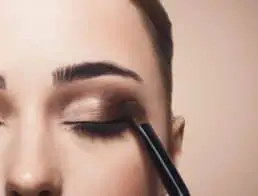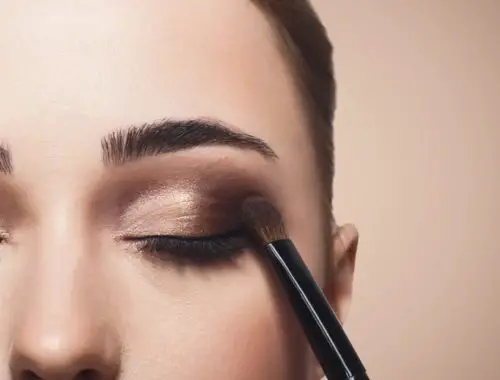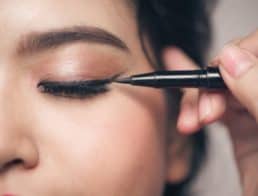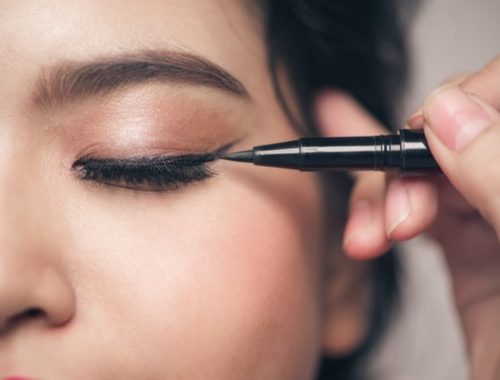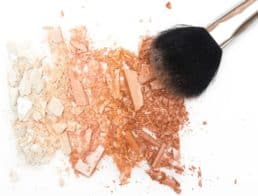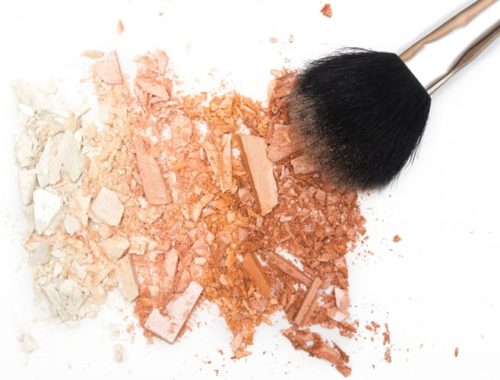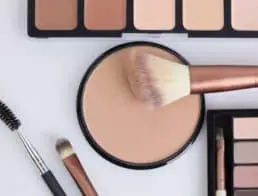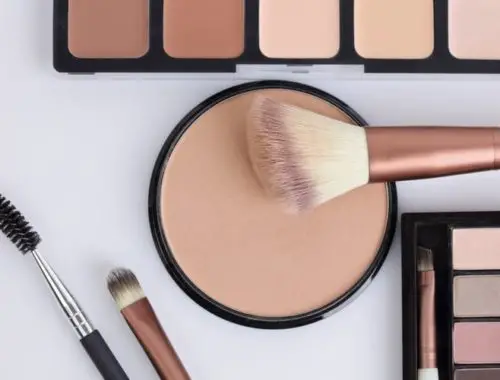The eyewear market has seen significant changes over the past few years. It wasn’t that long ago that individuals would purchase only one pair of glasses per year and they were based more on function than style. However, as new technologies have streamlined lens crafting and or society has become increasingly individualized, having several pairs of glasses has become commonplace.
It’s quite interesting to think of where glasses are compared to where they began. The first glasses were crafted from crude glass lenses fitted into wooden or leather frames. They were often worn perched atop the nose or held with one hand, and they were initially used by monks and then later were adopted by scholars, which is why even today, wearing glasses is often associated with intelligence.
In 2022, there are so many more purposes for glasses than could have been imagined from their humble beginnings. Today, smart glasses are the biggest trend in glasses technology.
For instance, monocular smart glasses can be used by surgeons as they operate so that they can monitor patient vitals and view augmented information just outside their line of vision. Binocular smart glasses also display augmented information and can be used to overlay basic 2D and 3D graphics. These can be used by engineers repairing oil rigs in the field while receiving information from their home office directly onto their lenses.
Glasses can already aid us in virtually everything we do and the future of glasses is still likely to go far beyond our current imaginings.
If you’re interested in learning more about the latest glasses trends, make sure to check out the International Conference on Glass Science and Technology in New York. If you’re not in the US, you’re bound to find a conference that’s virtual or hybrid in a post-COVID world.

